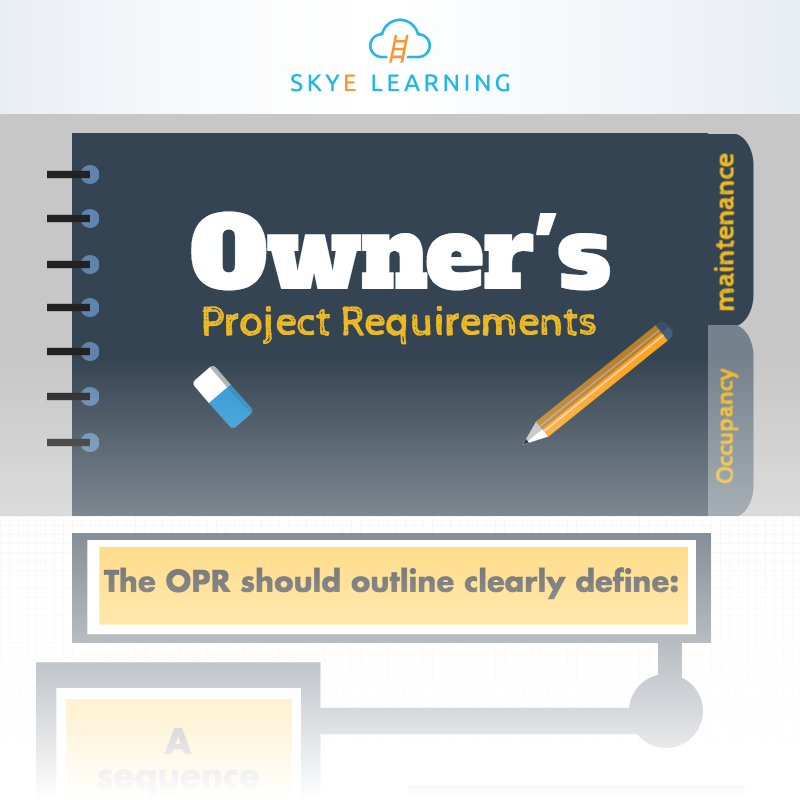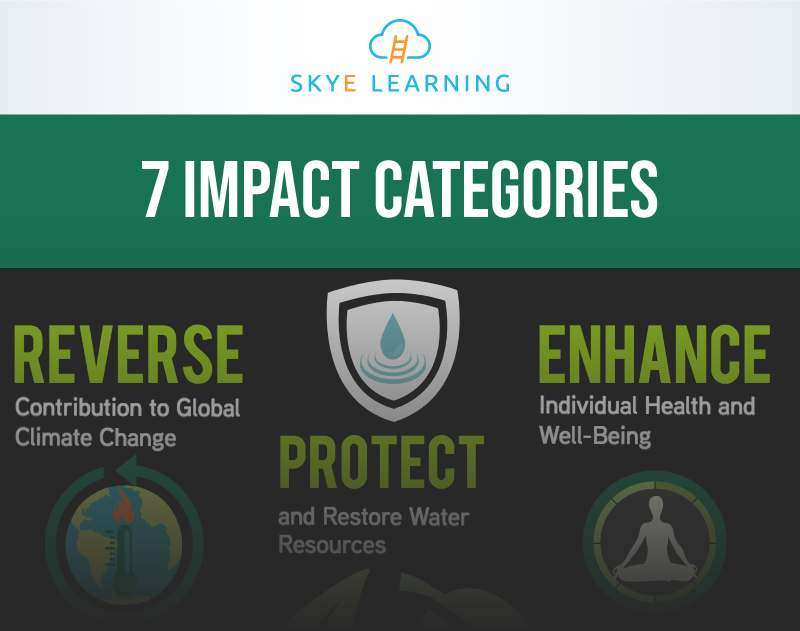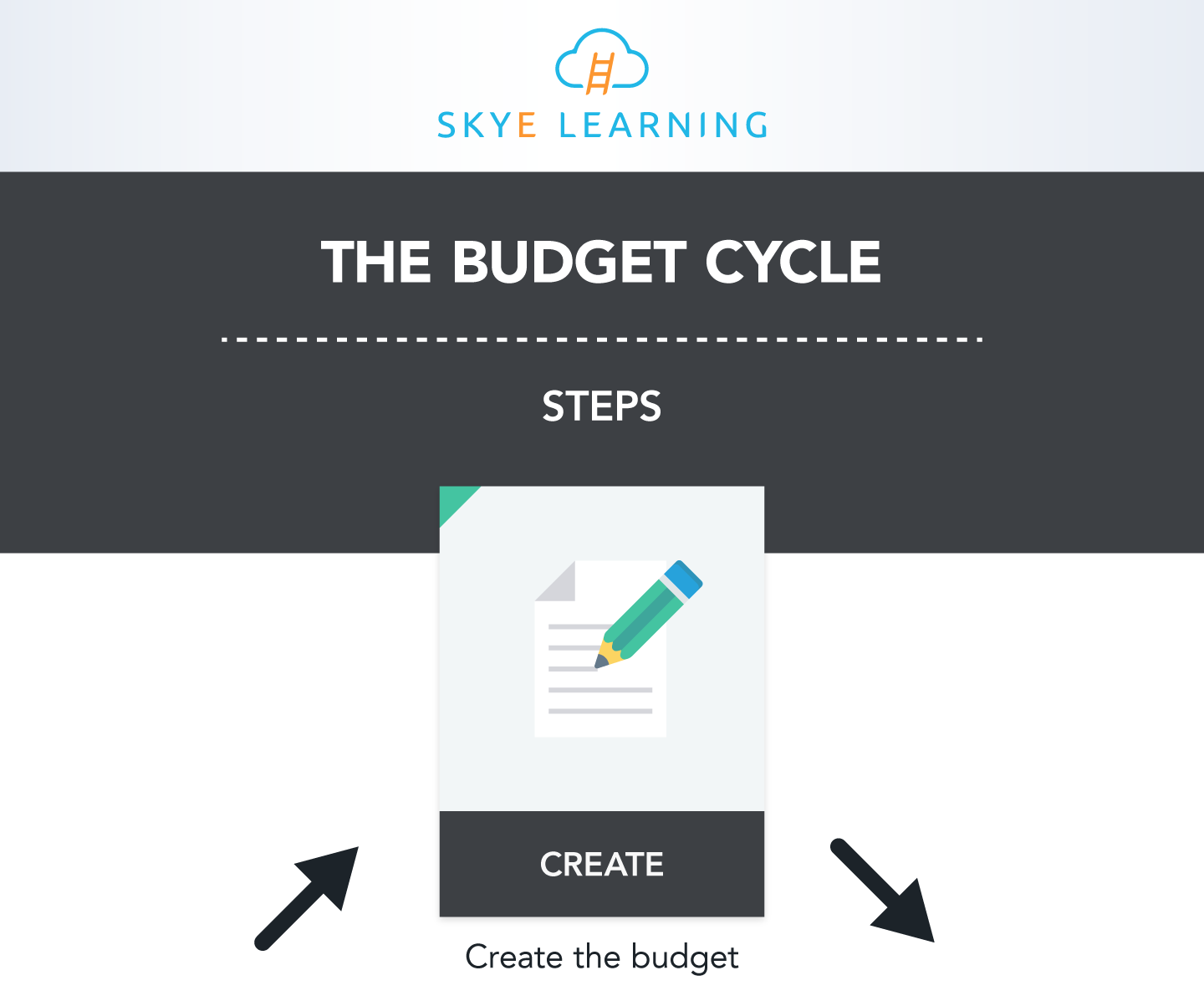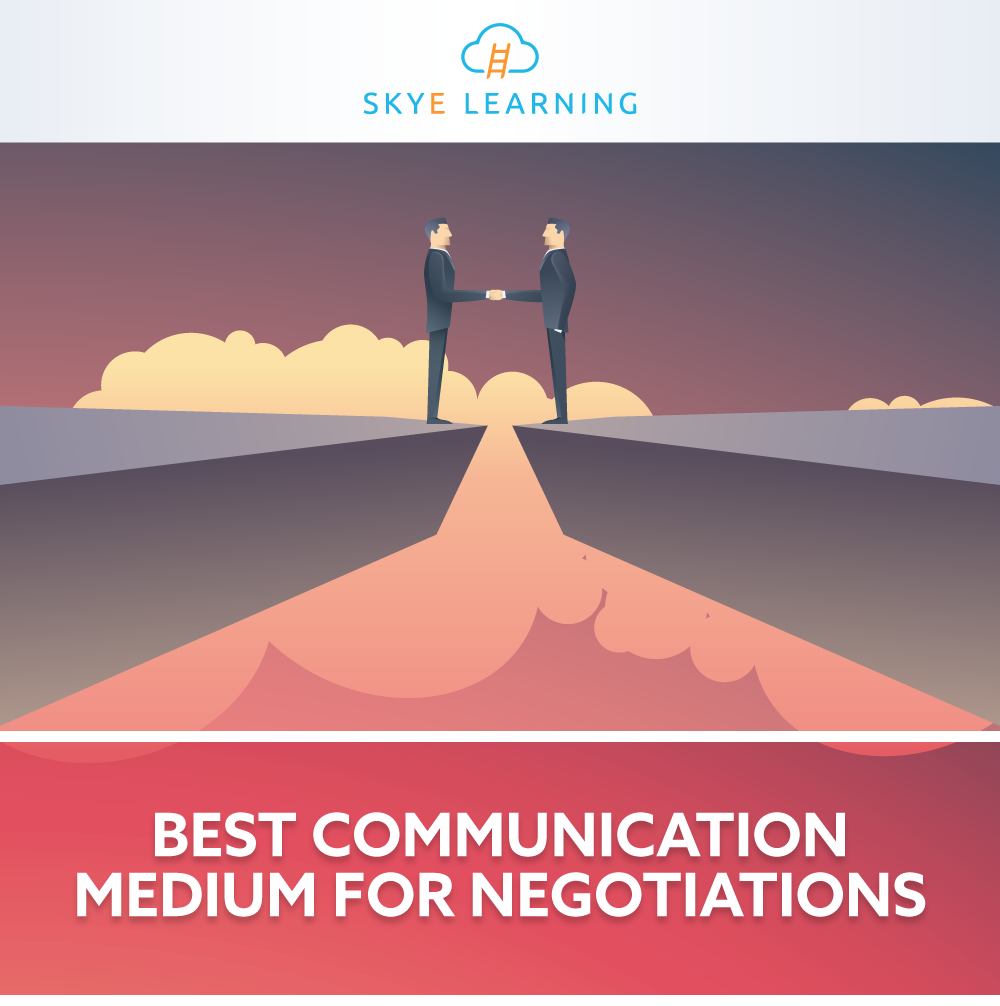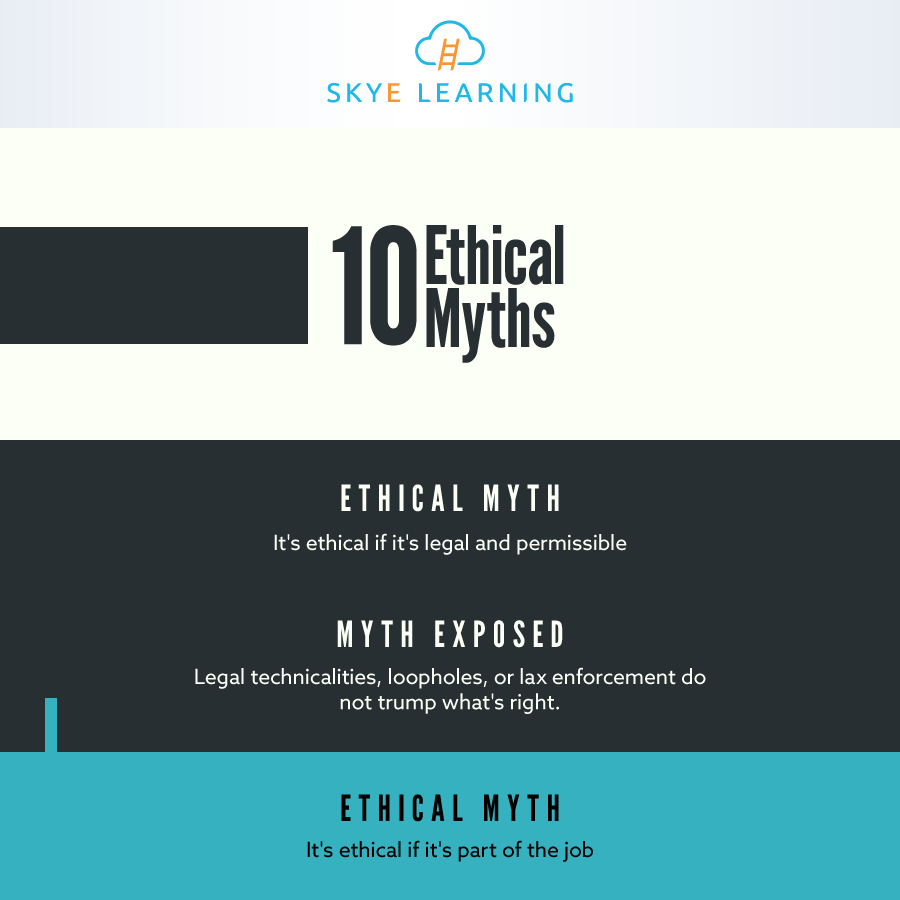Defective and dangerous products cause thousands of injuries in the United States every year. Any consumer who suffers personal or property damage from a faulty product may seek restitution from the manufacturer or seller of that product. Parties that are potentially liable for the sale of a defective or dangerous product include the manufacturer, a manufacturer of component parts, the wholesaler, and the retail store that sold the product to the consumer.
Christine Vogt

Recent Posts
Product Liability - Law for Small Business
7 Common Qualities of Leaders
People are recognized as leaders for different reasons, but to be a leader, other people must be willing to follow you. Some people find the power to be leaders from their history of successes or their expertise. Others rely more on their personalities. Some demonstrate strong values or an ability to empathize that makes others willing to follow them. The most common bases of leadership are charisma, expertise, authority, success, commitment, values, and empathy.
Pros & Cons of Hiring Remote Workers
Finding and selecting the best talent is a critical element of organizational success. It's essential to have a robustPros & Cons of Hiring Remote Workersrecruitment and selection process to attract the best candidates and hire the most qualified applicant for each position.
COVID has made working remotely the norm within many companies. It's important for managers to remember that communicating with remote workers poses certain challenges. For example, a manager can't simply walk over to an employee's desk to make a quick request. Every exchange is more intentional, and phone calls, video chats, emails, and other forms of conversation can disrupt productivity and workflow.
Owner’s Project Requirements - LEED
One of the first steps that a project team must take in order to reduce the energy consumption of a building is to design the project with energy goals in mind. These energy-saving benchmarks are defined in our latest infographic “Owner's Project Requirements (OPR)”. The project requirements outlined in the OPR infographic will serve as the reference points for all design, construction, and ongoing maintenance operations.
LEED v4™ 7 Impact Categories
LEED v4™ identifies seven impact categories that define the environmental issues that LEED® projects are tasked with addressing. The categories are focused on the overall themes of climate change, human health, water resources, biodiversity, material resources, a greener economy, and community. LEED® uses these impact categories as a performance-based framework. This framework, consisting of prerequisites and credits, is used by the building industry in the project accreditation process.
The Budget Cycle
The budget cycle is the period of time between one budget and the next. It involves a series of steps that form a cycle.
The budget cycle involves the creation of the budget, its validation (by testing current versus expected performance), the examination of variances (actual versus budget performance), the implementation of any corrective actions, and the revision of the budget based on feedback.
8 Keys to Managing People
Your employees will look to management for guidance on how they are expected to accomplish given goals. You will be called upon to decide the order or priority of tasks, the individuals responsible for completing them, the manner in which they are to be performed, and the tools that will be used to measure progress.
Managers must consider a number of factors when setting schedules and assigning work tasks, including the skill levels and experience of workers and how well a given set of employees work together. Flexibility is key when dealing with unanticipated scheduling problems.
Best Communication Medium for Negotiations
Negotiations occur in many different settings. We negotiate with family members, friends, and business associates. Negotiations happen so frequently that we often don't even realize when they occur. Negotiations occur because people value things differently.
People are not born with negotiation skills. They must be learned. We engage in many informal negotiations every day; however, in a business setting, more formal negotiations occur. In fact, negotiation is the norm for high value transactions.
10 Ethical Myths
We have seen that there are many factors at play in shaping behavior in the workplace. Nonetheless, the question remains: How is it that decent people can behave in an unethical manner in business?
Research suggests a number of reasons. The KPMG Forensic Survey polled a representative sample of American workers and found that pressure for results was the most often cited reason for misconduct. Another interesting finding from the KPMG survey was that only 34% of respondents said a desire for personal gain prompted unethical behavior.







